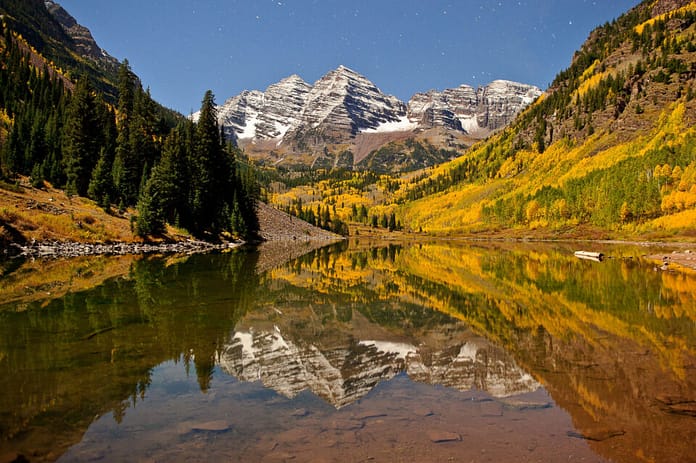DSLR stands for “Digital Single Lens Reflex”. It is a type of camera that uses a mirror to reflect light through a lens to an optical viewfinder.
When the shutter is pressed, the mirror moves out of the way, and the reflected light hits the image sensor to take a picture.
Although single lens reflex cameras have been available in various shapes and forms since the 19th century with film as the recording medium, the first commercial digital SLR with an image sensor appeared in 1991. Compared to point-and-shoot and phone cameras, DSLR cameras use interchangeable lenses.
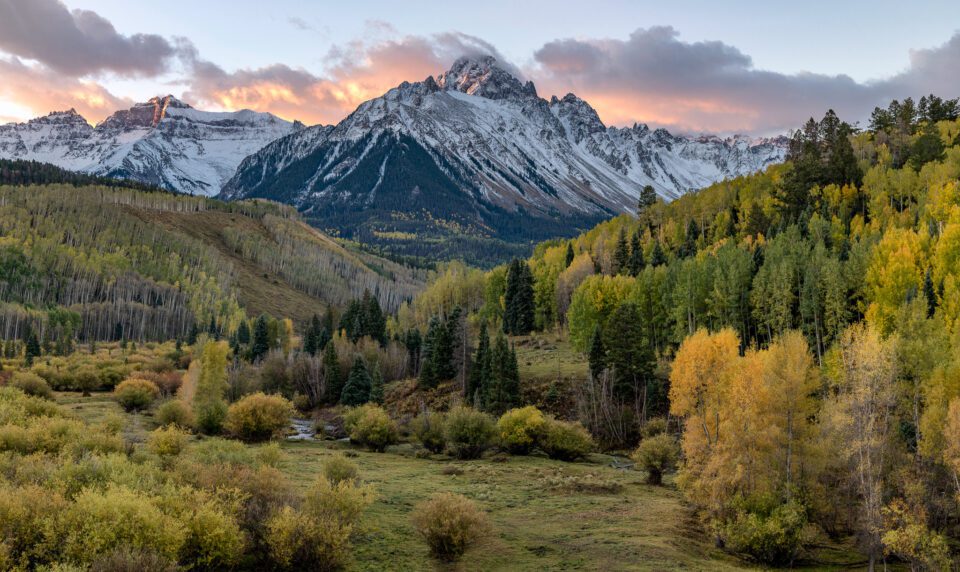
How a DSLR Works
Take a look at the following image of an SLR cross section:
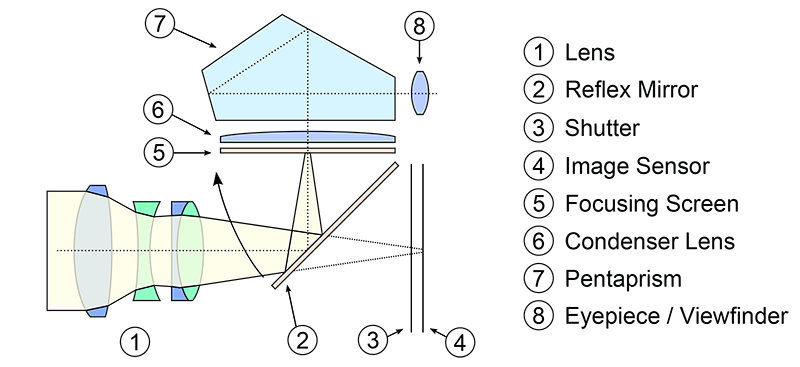
When you look through a DSLR viewfinder on the back of the camera, whatever you see is passed through the lens attached to the camera, which means that you could be looking at exactly what you are going to capture.
Light from the scene you are attempting to capture passes through the lens into a reflex mirror (#2) that sits at a 45 degree angle inside the camera chamber, which then forwards the light vertically to an optical element called a “pentaprism” (#7). The pentaprism then converts the vertical light to horizontal by redirecting the light through two separate mirrors, right into the viewfinder (#8).
When you take a picture, the reflex mirror (#2) swings upwards, blocking the vertical pathway and letting the light directly through. Then, the shutter (#3) opens up and the light reaches the image sensor (#4). The shutter (#3) remains open for as long as needed for the image sensor (#4) to record the image, then the shutter (#3) closes and the reflex mirror (#2) drops back to the 45 degree angle to continue redirecting the light into the viewfinder.
Obviously, the process doesn’t stop there. Next, a lot of complicated image processing happens on the camera. The camera processor takes the information from the image sensor, converts it into an appropriate format, then writes it to a memory card. The whole process takes very little time and some professional DSLRs can do this 11+ times in one second!
Examples of Recent DSLRs
Hundreds of DSLRs have been produced over the years, but there are some amazing models that stand out. One of our favourites at Photography Life is the Nikon D850:
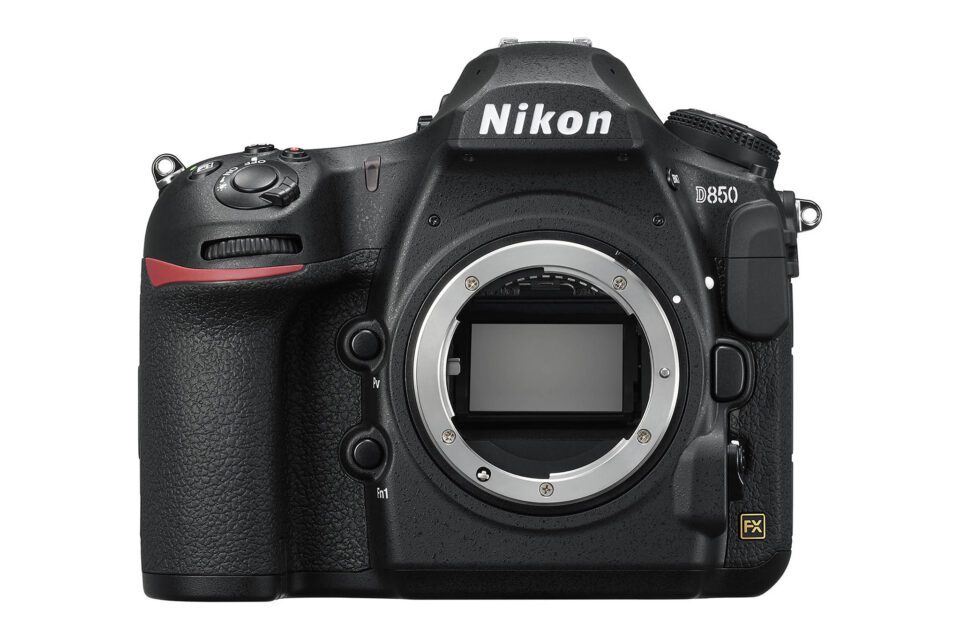
The D850 can do almost everything with its 45.7MP BSI sensor offering superb dynamic range and detail. Even though it is eclipsed by the D500 and D5/D6 in autofocus performance, the D850 can still hold its own, making it one of the best DSLRs ever made.
In the Canon world, we’ve got the Canon 5D Mark IV. It’s basically the analogue of the D850:
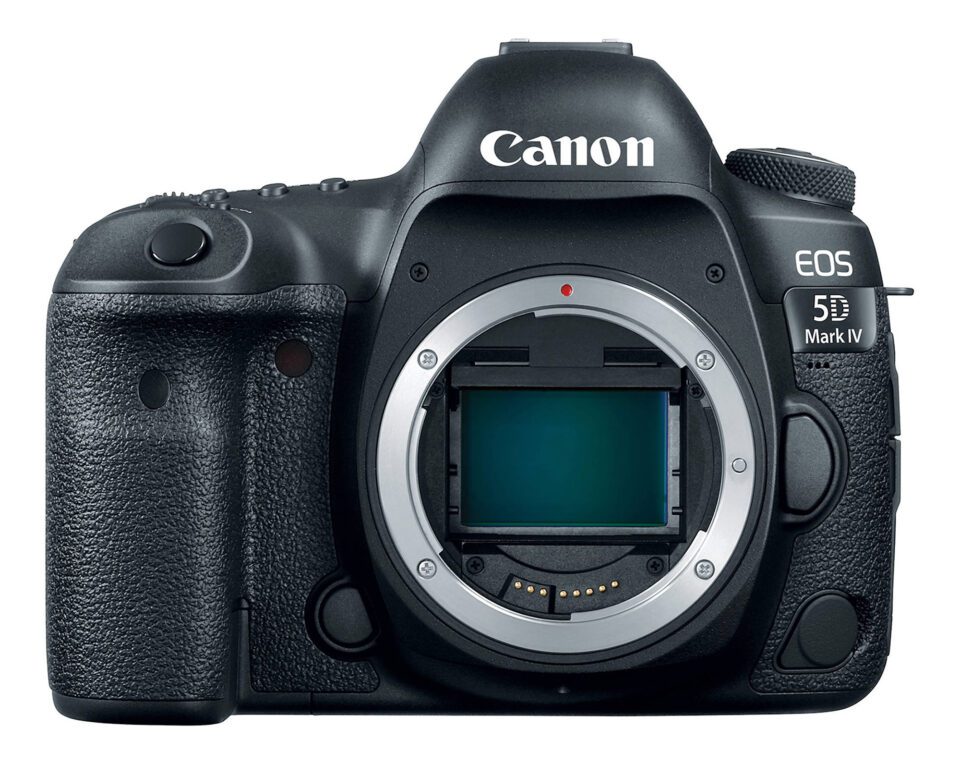
The Canon 5D Mark IV is an outstanding DSLR, and its advanced autofocus system can be used for fast action. And although it’s a DSLR, Canon’s dual-pixel AF technology also makes it quite capable for video, which is something Nikon cannot claim. Some of my favourite shots that I’ve seen have been taken with this camera.
In the Pentax world, we’ve got the K1 Mark II:
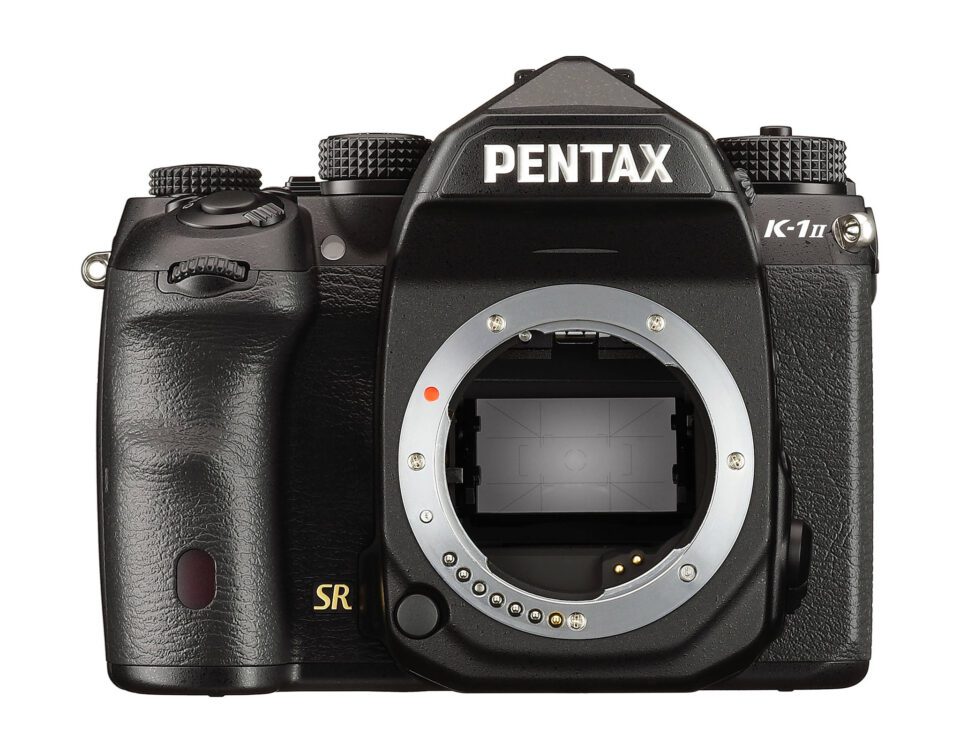
The Pentax K1 and K1 II were the first full-frame DSLRs released by Pentax. Although they don’t have the same level of autofocus performance as Canon and Nikon DSLRs, they are finely-tuned for landscape, including a built-in astrotracer for milky-way photography.
Difference Between DSLRs and Mirrorless Cameras
Many new cameras these days are mirrorless cameras, which means they lack the essence of the DSLR: the mirror.
The mirror and prism in a DSLR directs light coming from a lens, and allows you to view your scene through an optical viewfinder. Since mirrorless cameras do not have a mirror and prism mechanism, they do not use an optical viewfinder.
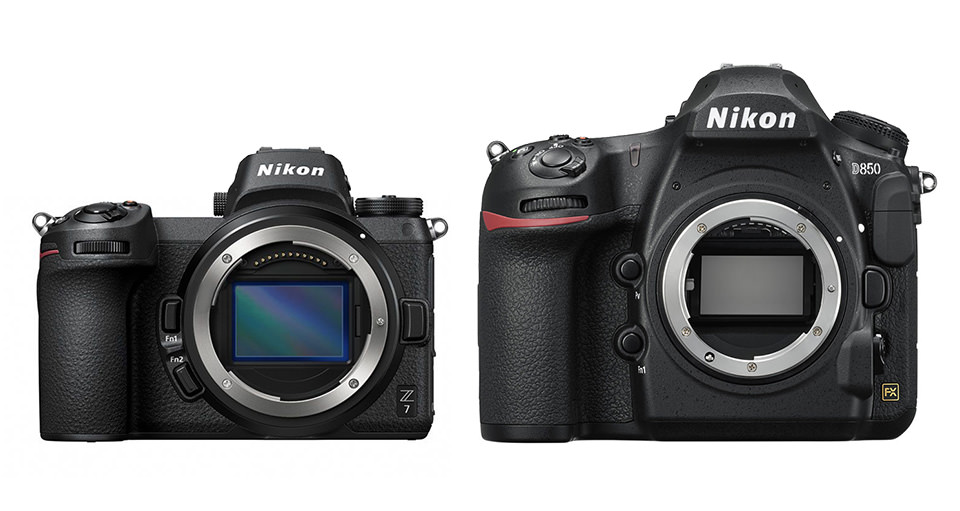
Instead, mirrorless cameras display a preview of the scene you are photographing by using the light hitting the digital sensor directly, and thus instead of an optical viewfinder as in DSLRs, mirrorless cameras have electronic viewfinders (EVF).
Most DSLRs allow you to use a ‘Live View’ mode, however. In this mode, the mirror mechanism is permanently raised and the preview image is displayed on the rear view display. Thus, a DSLR can operate much like a mirrorless camera in live view, except that the preview is not through an electronic viewfinder.
Although both DSLRs and mirrorless cameras are excellent for almost every type of photography, here are the main usage differneces between the two:
| DSLR Advantages | Mirrorless Advantages |
|---|---|
| Better battery lifeOptical viewfinder has no delayMore used models at a good priceIn some cases, better at using older lenses | Better video featuresMore advanced autofocus in many casesActively supported by most manufacturersWhat you see is what you get (WYSIWYG) viewfinder |
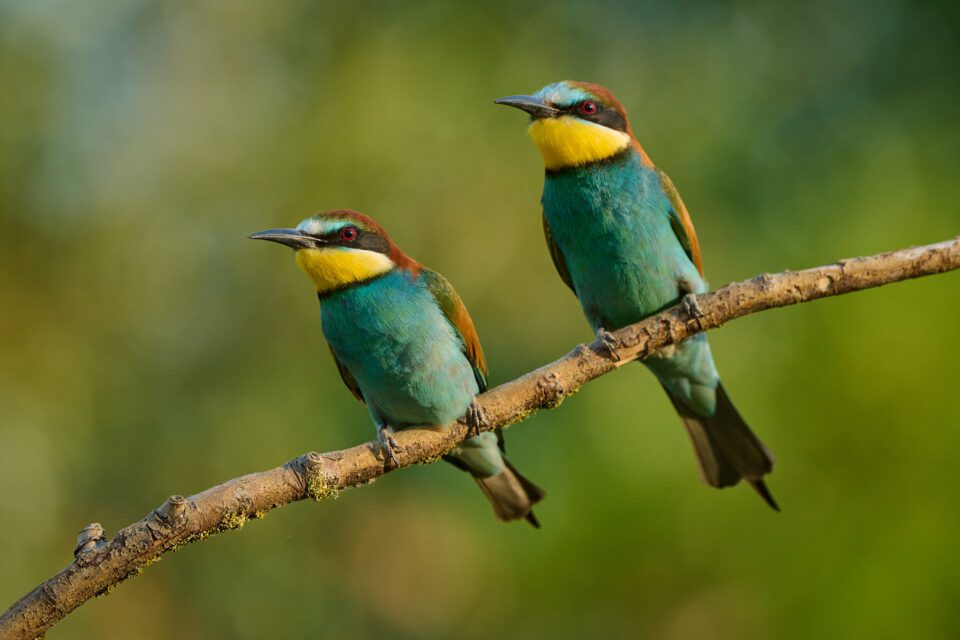
Should You Buy a DSLR?
Most manufacturers are phasing out DSLRs. Currently, there are some DSLRs available new such as the Canon 1DX III and the Nikon D6. However, both Canon and Nikon are completely focused on developing new mirrorless cameras and it is very unlikely they will ever make a DSLR again.
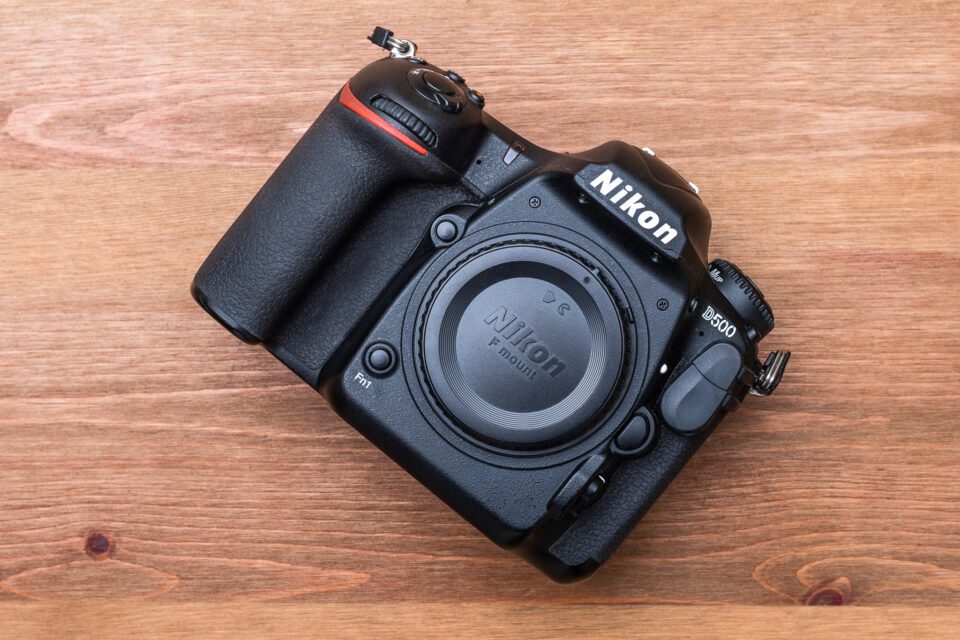
Pentax is the one exception. They have no plans to switch to mirrorless and have captured the new DSLR niche, with their most recent camera being the Pentax K3 III, an advanced APS-C DSLR.
Other companies, such as Sony, Panasonic, and Fuji only make mirrorless cameras. So, where do DSLRs stand today?
Due to the high-quality of higher-end DSLRs, cameras like the Nikon D850 will still last a very long time. For most people, such a camera will last around ten years, and so DSLRs are still a very good way to take amazing photographs.
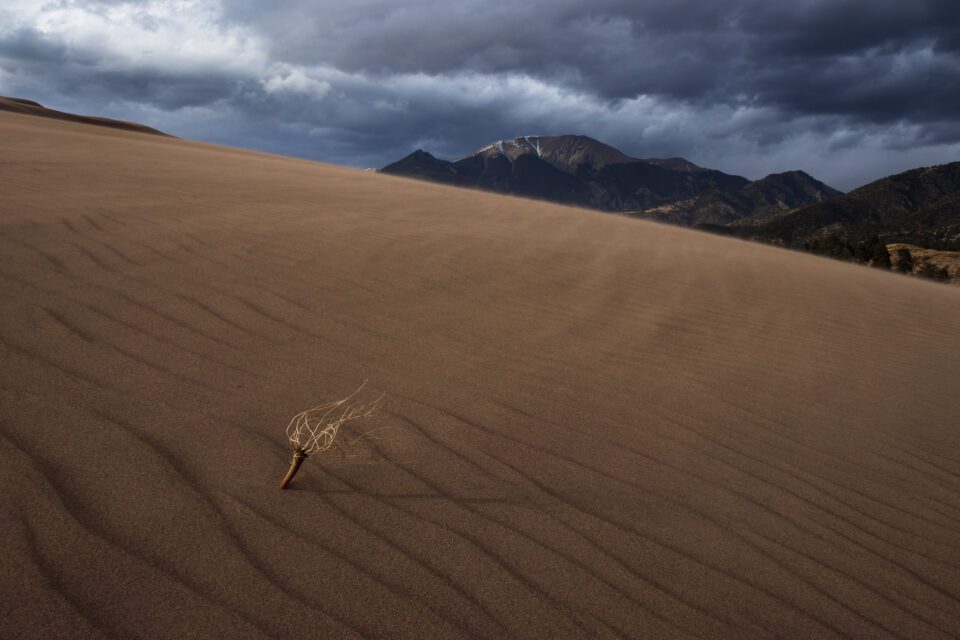
Because of this, I still recommend DSLRs to new photographers, especially if price is a concern. Just to take one example, a lightly-used D500 can be had for about $1000, and there is simply no mirrorless camera that can even come close to the autofocus of the D500 for this price. If you are interested in DSLRs, I recommend checking out Best DSLRs You Can Buy in 2023.
Conclusion
A DSLR is a digital single-lens reflex camera, which uses a mirror to show you what you’re about to photograph through an optical viewfinder. Although DSLRs are older than mirrorless cameras, they still are amazing photographic machines and are worth considering for your next camera purchase.
Do you still use a DSLR? Let me know in the comments!


